SSFL Area II includes the rocket test stands at the Alpha Area and Bravo Area, seen below. Operational with three test stands beginning in 1955, Alpha supported the first manned orbital flight of Atlas-Mercury in 1962. Both Alpha and Bravo areas are heavily polluted as are some of the surrounding structures including the Hazardous Waste Storage Tank Area, Waste Coolant Tank, Storable Propellant Area, and the Alfa/Bravo Fuel Farm. Boeing and NASA are responsible for the cleanup of contamination from volatile organic compounds (VOCs), semi-volatile organic compounds (SVOCs), petroleum hydrocarbons, formaldehyde, polycyclic aromatic hydrocarbons (PAHs), polychlorinated biphenyls (PCBs), metals, dioxins and furans. The 188 acre area where Alpha and Bravo facilities are situated is at the top of the Los Angeles River watershed.
(Click thumbnail to view entire photograph)
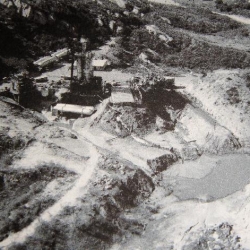 The Bravo test area was initially constructed for testing of Atlas engines but it was modified shortly after construction to
perform testing of large components and eventually was involved in the testing and development of the Thor, F-1 engine
predecessor, F-1 engine components, and Delta vernier engines.
The Bravo test area was initially constructed for testing of Atlas engines but it was modified shortly after construction to
perform testing of large components and eventually was involved in the testing and development of the Thor, F-1 engine
predecessor, F-1 engine components, and Delta vernier engines.
In 1999, a UCLA School of Public Health study revealed that workers exposed to hydrazine, over 2 million pounds of which was used during rocket tests, had higher rates of some cancers. The grim news was reported in the April 21, 1999 edition of an LA Weekly article entitled “UCLA Study Burns Rocketdyne – Cancer rates elevated among space-lab workers,” by EnviroReporter.com’s Michael Collins:
UCLA found that Rocketdyne workers who had high hydrazine exposures were about twice as likely as other Rocketdyne employees who worked at the site to die from lung and other cancers. The study shows that 44 in 1,053 workers on “the Hill,” who had concentrated contact with the compound, had died from lung cancer. That rate was twice as high as for the employees who had minor or no contact with the chemical, which has been found to be carcinogenic in lab animals and a “possible carcinogen” to humans.
Excessive deaths from cancers of the kidney, bladder, blood and lymphatic system were also observed, although the lung-cancer numbers were the most startling. The jeopardy of dying from one of these cancers was also highest among those who worked in the high-exposure positions during the 1960s, when Rocketdyne’s use of hydrazine was at its peak. But considering the various amounts of different types of toxic slop used on the test- stands, UCLA couldn’t determine absolutely that hydrazine was the cancer culprit.
27 Years of Award-Winning SSFL/Rocketdyne Reporting
1998 – 2025
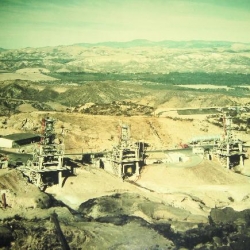

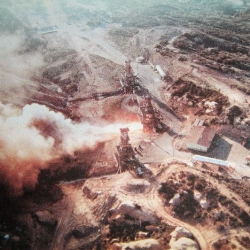
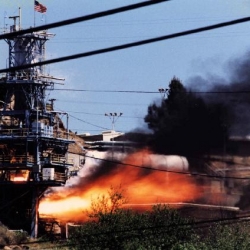
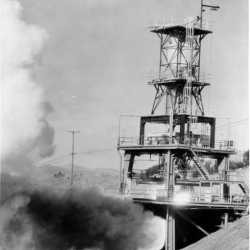
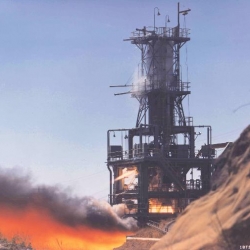
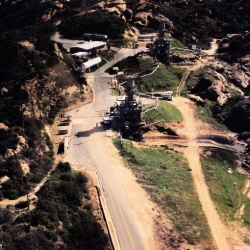
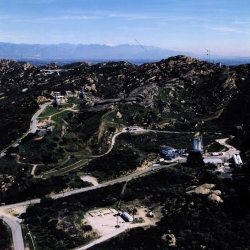
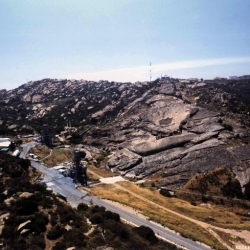
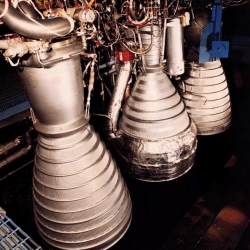
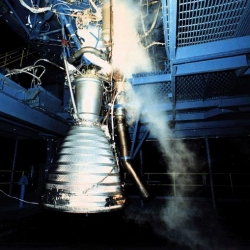
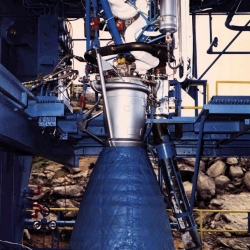
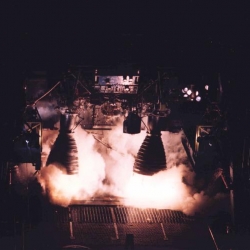
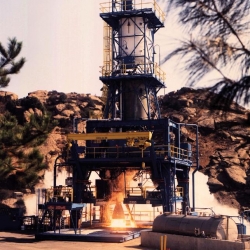
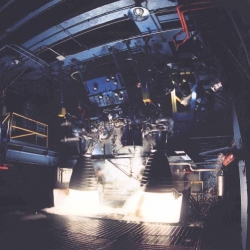
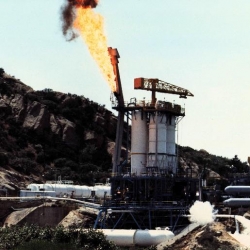
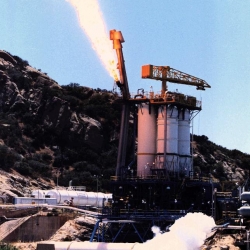
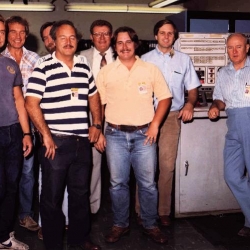
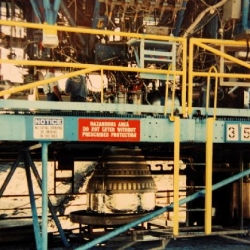
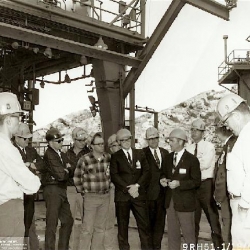












Recent Comments